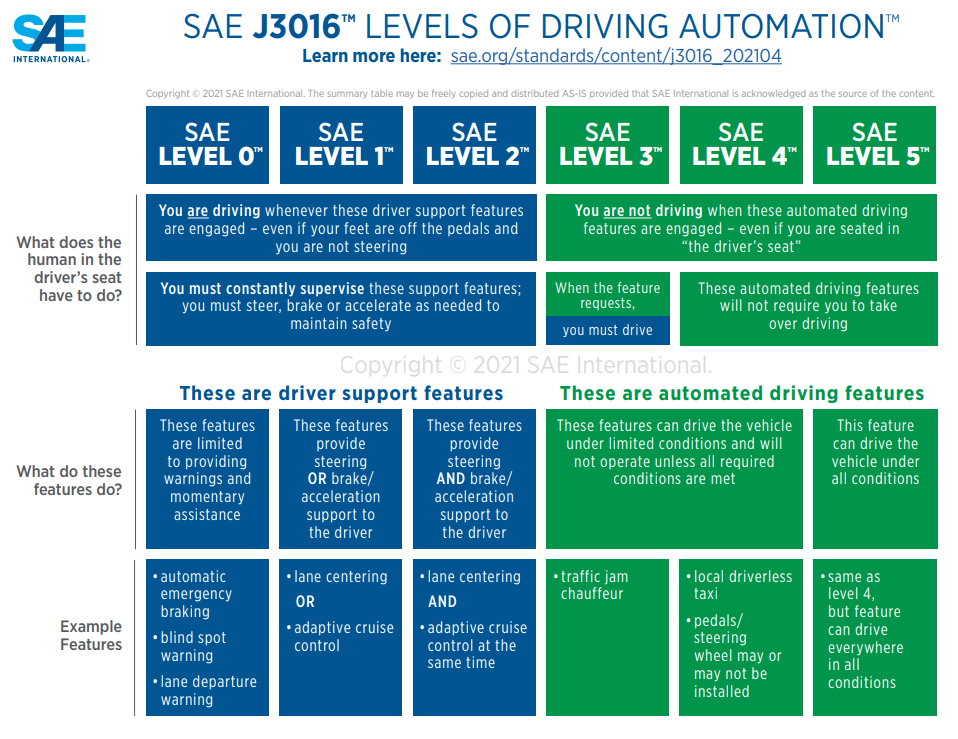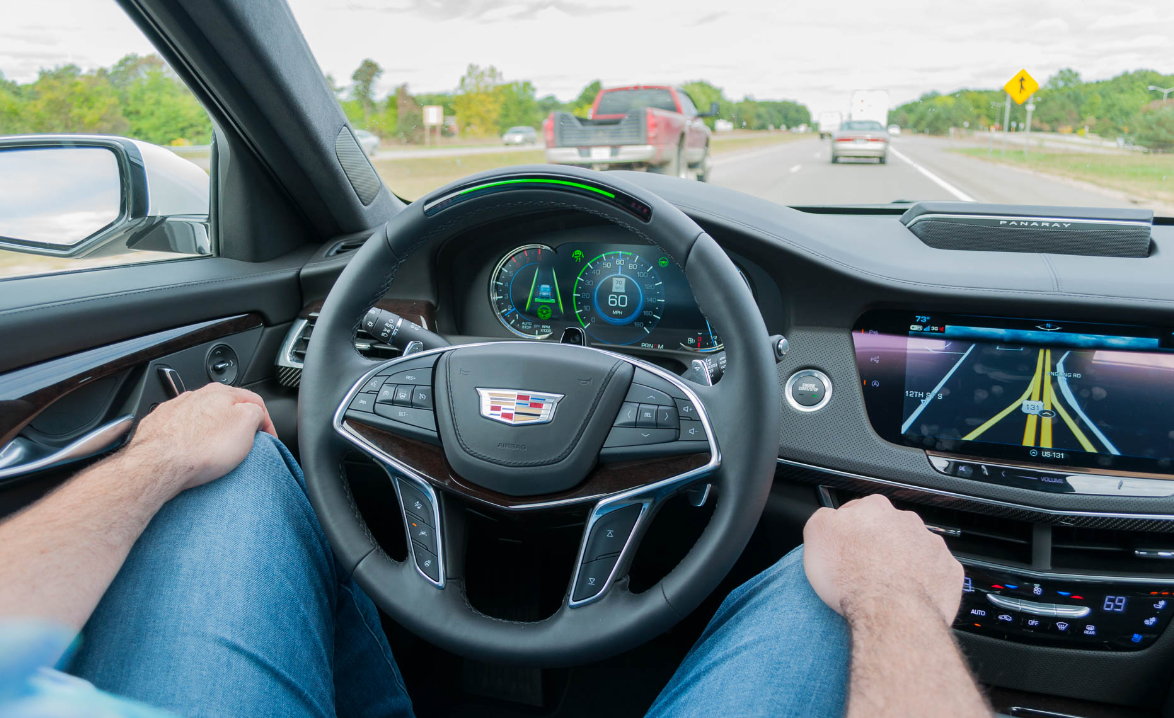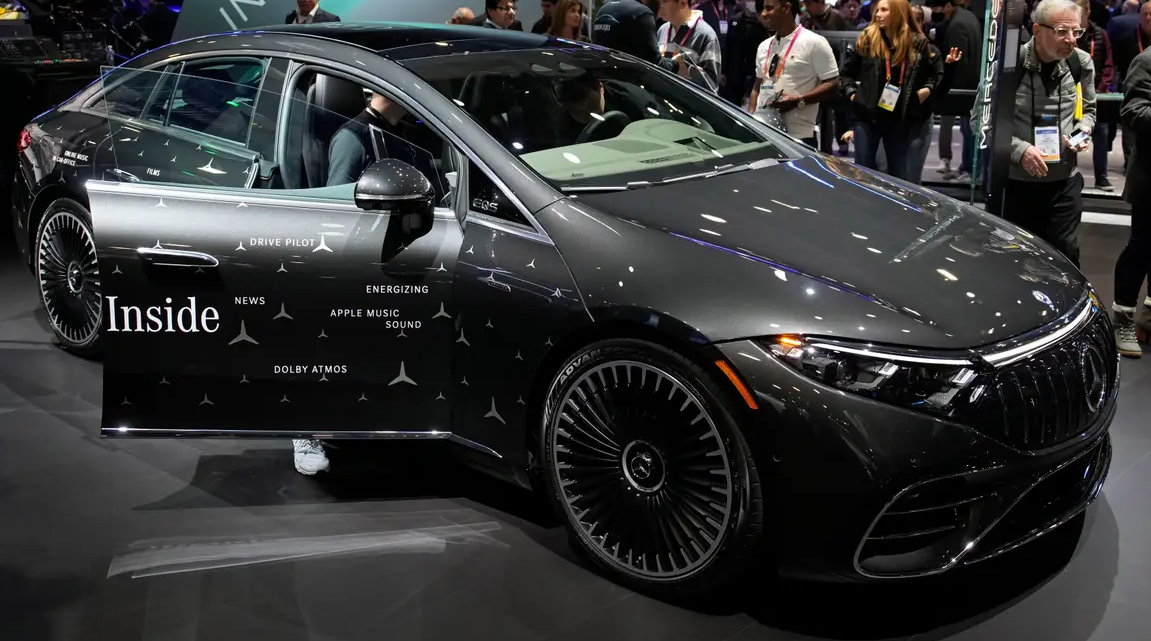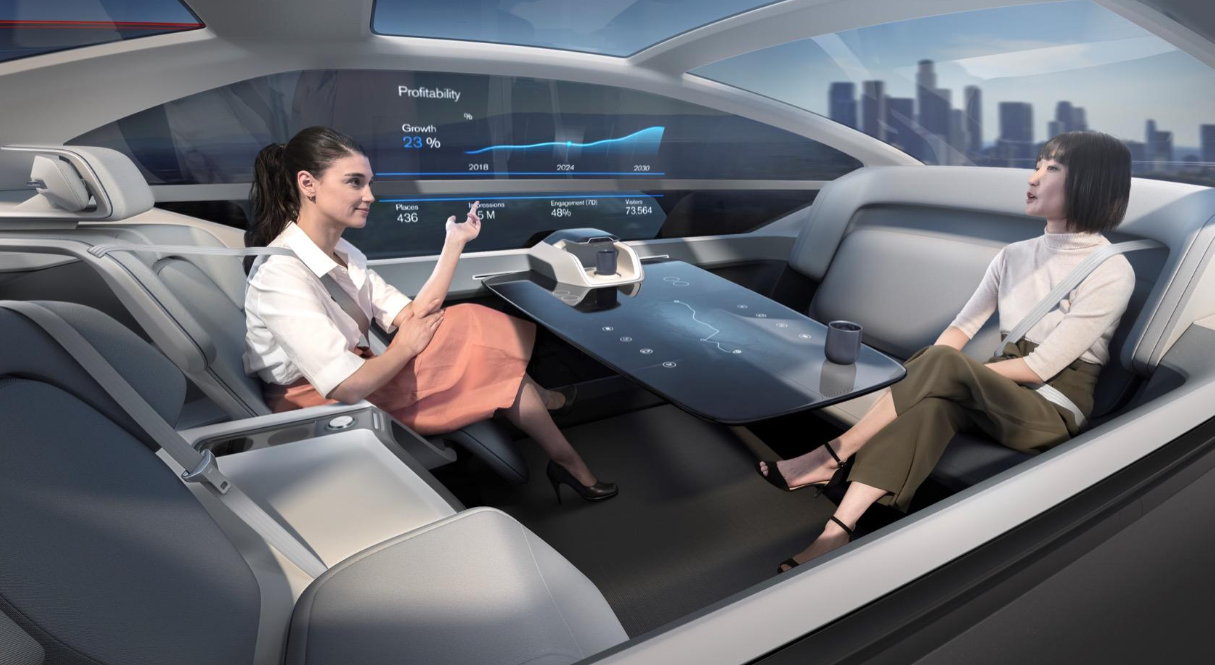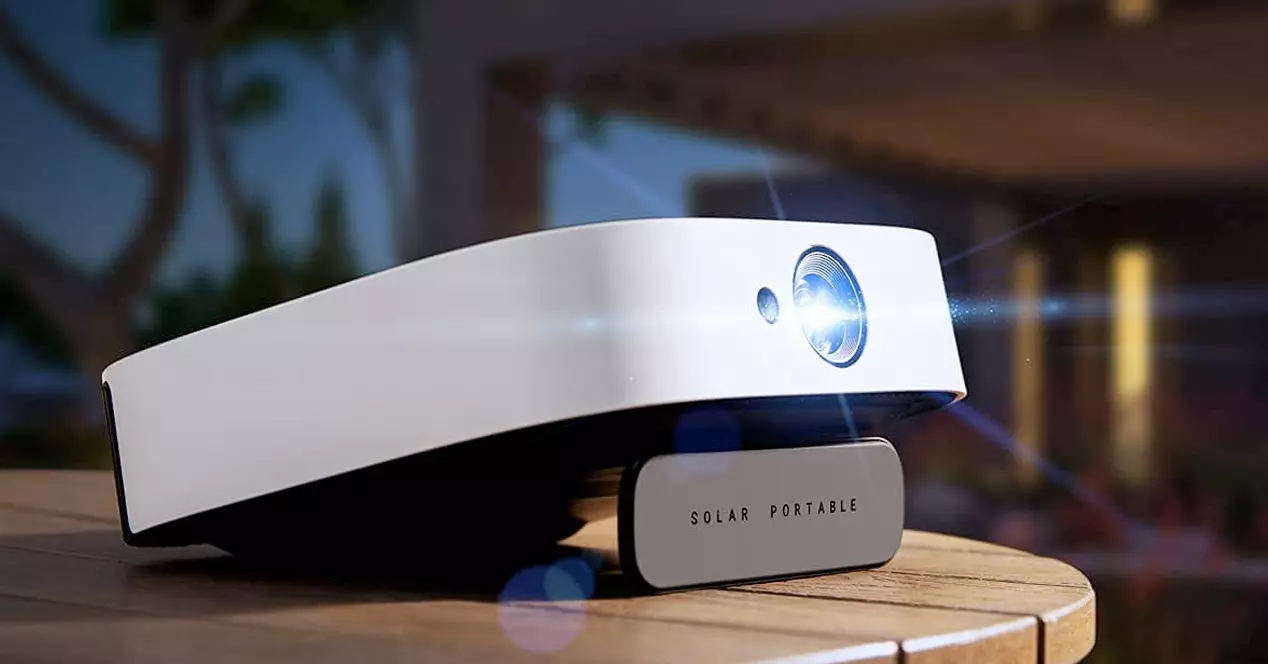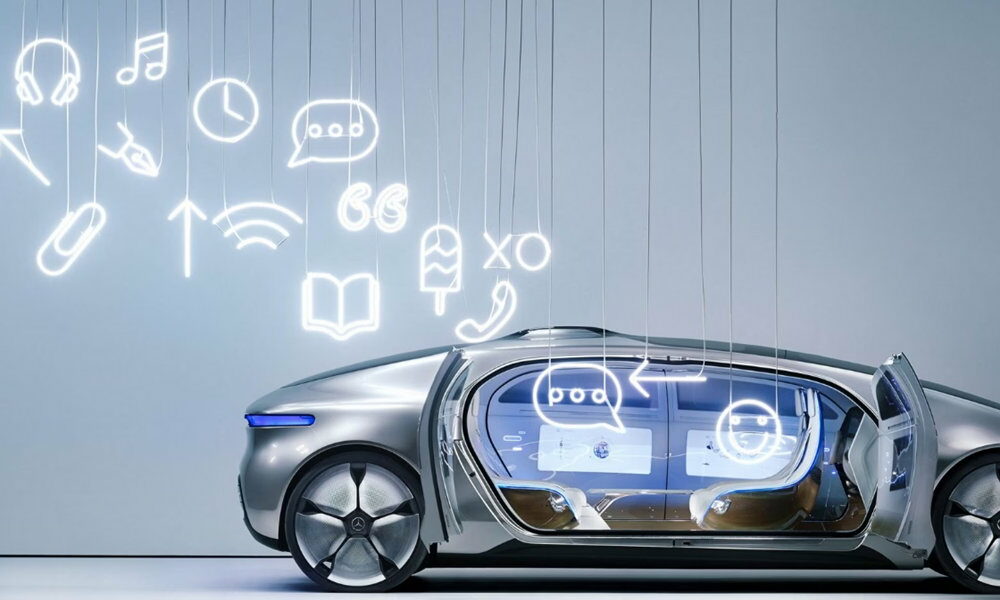
Mercedes-Benz announced last week the launch of features Autonomous driving level 3. It will release them in the second half of this year in selected models for the United States and will be a turning point in this type of technology.
The automotive industry is still immersed in a revolutionary process to develop the cars of the future. Smart, connected, ecological and autonomous, they will look little like those of decades past except for the four wheels. The end of the “combustion era” is near as a necessary commitment to reduce polluting emissions, but that is only the tip of the iceberg.
Technology is today a central point of the automotive industry and beyond the classic infotainment systems, it provides solutions for communication, information and general control of all kinds of parameters. Also the cameras, sensors and radars necessary for the autonomous car, and the recharging systems for electric batteries or hydrogen fuel cells for the ecological car.
Autonomous driving levels
The maximum expression towards the “smart” car basically indicates the point where the machine can make “decisions” for itself for the benefit of driver safety and comfort. While there is no universal definition of what an autonomous car is or is not, there is a widely recognized scale, a list of criteria for six levels of autonomous driving published by the International Society of Automobile Engineers (SAE).
All the big manufacturers have autonomous driving projects at different levels underway, such as the Mercedes-Benz Drive Pilot system, which has given us the opportunity to examine them; Tesla’s Autopilot; Ford’s BlueCruise; Hyundai’s HDA; the General Motors Super Cruise and others. But what do each of them mean and where are we now?
level 0
It cannot be considered a true level of autonomous driving, although it is cited as the starting source for the others. It encompasses all current cars that do not have autonomous driving features or that are present to a very limited extent. However, they can include some help, such as blind spot monitoring, lane departure warnings or emergency braking systems that are being incorporated by default in almost all new models coming onto the market. At this level the infotainment system does just that, informs and entertains, but does not interfere in any way.
Level 1
The car starts making decisions on its own, but in a very limited way. According to the SAE, this level must include characteristics that steer, brake or accelerate the car without user intervention. With these capabilities, the car is “deciding” (through a series of sensors) to stay centered in a particular lane of the road or to maintain a certain distance from other vehicles.
It is important to note that for a car to be classified as Tier 1, it must have at least one of the listed features, but not all simultaneously which would rank higher on the list. Features at this level have been around in the industry since they were introduced by Toyota in the 1990s and can be seen in automatic lane keeping assist or laser/radar guided cruise control.
Level 2
Includes the same capabilities as Tier 1, but the organization stipulates that systems must work together. The driver is still in full control of the vehicle at all times, but features such as lane keeping, adaptive cruise control or traffic sign recognition ease the burden of driving especially on long journeys and improve overall safety. Others, such as intelligent high beam control, analyze the surrounding lighting and identify the lights of other vehicles on the road to automatically switch between high beams and low beams.
It must be said that the SAE considers levels 0, 1 and 2 as “driver assistance functions” and not really “automated” functions which we will see in the following. Tier 2 cars are the most you can get in a production car today, and as they become more connected and advanced (especially during the transition to electric vehicles), features at this level are likely to become commonplace. the next years. Despite the aids, this level requires constant supervision by the driver.
Level 3
It is the first level where the SAE considers that a car “can drive itself”. The driver is still in his seat, but the car can stop, start and even change lanes in traffic based on what its sensors tell it to do, without driver input. In safety, current pre-collision systems have gone up a level and are effective in detecting pedestrians or cyclists and avoiding accidents.
This level is in its infancy and is the one that Mercedes Benz will debut this year in the United States in selected models of the S-Class and EQS Sedan. The technology used is similar for other vehicles using this level in the future. The exact location (with a range of centimeters) is determined by a high-precision positioning system much more powerful than conventional GPS systems. In addition to anonymous data collected by LiDAR, camera, radar and ultrasonic sensors, a digital HD map provides a three-dimensional image of the road and the surrounding area with information on road geometry, route features, traffic signs and special traffic events (for example, accidents or road works).
Your application will not be complete yet and will be limited to daytime driving, speeds less than 40 miles per hour, and selected portions of roadways that have been previously mapped. Under these conditions, with Drive Pilot enabled, the cars will drive themselves. It must be said that it is a test phase because only a small number of states have given the green light to the use of this technology.
Levels 4 and 5
These levels define the fully autonomous cars. With Level 4, a car will be able to completely drive itself within a given environment. This would include autonomous taxi services where there may not even be a human driver present, nor essential components such as steering wheels, brake or accelerator. There are no commercial models available yet, though companies like Cruise and Waymo are testing taxi service.
As for level 5, for the moment it is part of science fiction, since it is reserved for vehicles that are capable of navigating by themselves anywhere, without any type of intervention from the human driver and in any environment. At this level it is the vehicle that makes decisions with total autonomy and it does not require any type of intervention from the driver to control the car once a route has started. Here the human will go into the background since the machine will be able to make decisions by itself after evaluating all the parameters.
There are still decades to reach the highest level, because In addition to technology, a regulatory framework is needed that allows it. There have been a few car accidents on “autopilot” and lawmakers are being cautious about approving the use of each level. It may be thought that full assistance will deprive us of driving pleasure, but the technology here can be of great help, allowing us other uses during the trip such as watching a movie, working or playing a little game and especially improving the general safety of cars and of traffic.
